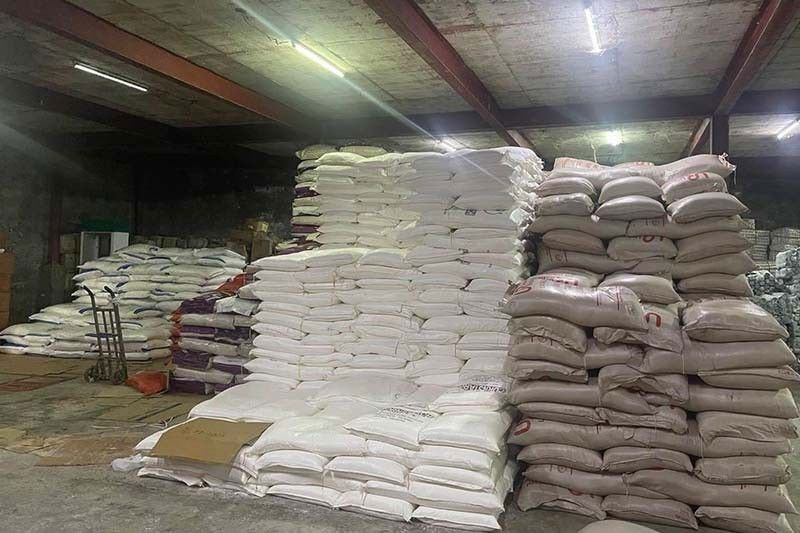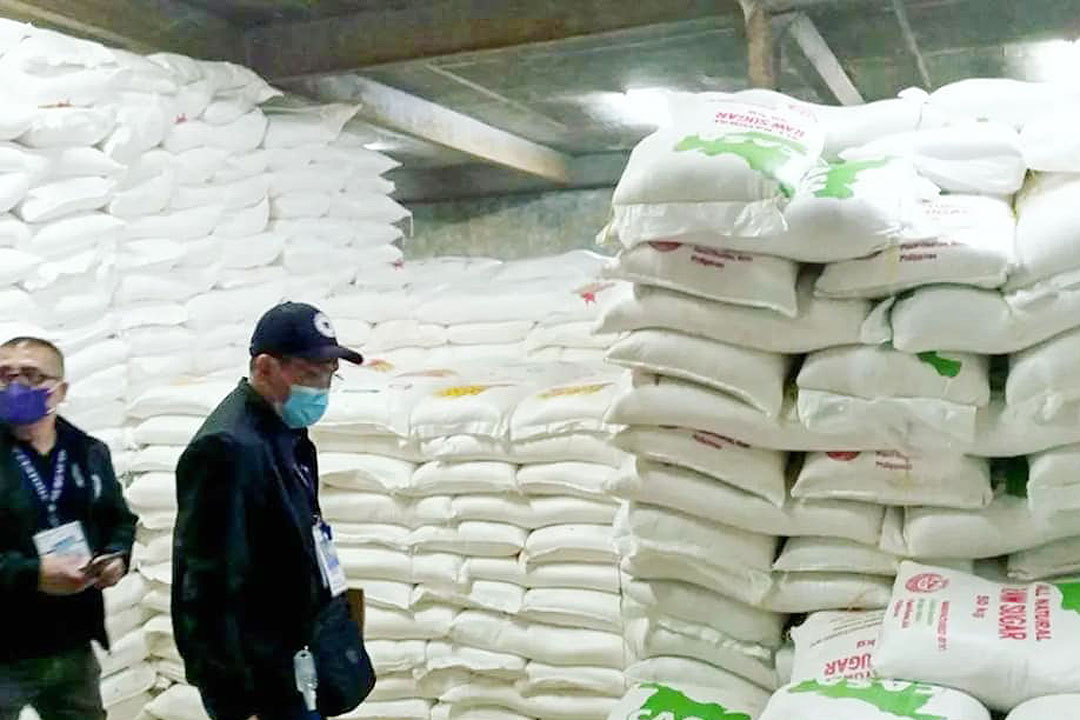


The Philippines is grappling with a severe rice crisis following the devastation caused by six storms from late October to mid-November 2024, which resulted in at least $131 million in crop losses. The storms primarily affected rice production, with nearly 600,000 tonnes of rough rice crops destroyed, particularly by Severe Tropical Storm Trami, which alone accounted for over half of the losses. President Ferdinand Marcos Jr. has indicated that rice imports may reach a record 4.5 million tonnes this year, with projections suggesting that imports could rise to between 4.5 million to 5 million tonnes next year. Agriculture Undersecretary Christopher Morales estimates a significant dip in annual rice output, projecting a decline of about 1 million tonnes to around 19 million tonnes in 2024. [89da154e]
The impact of these storms extends beyond rice, with other crops also suffering substantial damage. Reports indicate that over 350,000 tonnes of corn and 112,000 tonnes of vegetables were lost, further exacerbating food security concerns in the region. The heightened supply shortfalls are expected to contribute to inflation risks, with GDP growth anticipated to fall below the target of 6 percent. [89da154e]
In the context of the ongoing global sugar market fluctuations, the Philippines' agricultural sector faces multiple challenges. The Sugar Regulatory Administration (SRA) recently approved the importation of 240,000 metric tons of refined sugar to stabilize supply during the milling offseason, particularly after El Niño conditions severely impacted local sugarcane production. The SRA indicated that this import program would help traders recover costs and potentially earn a small profit after incurring losses from shipping raw sugar to the United States. Approximately 176,000 MT of the imported sugar is specifically aimed at addressing supply gaps during this period. [acf72eb1]
As the Philippines navigates these agricultural challenges, the interplay of local production issues, import strategies, and international trade dynamics will be crucial for stakeholders across the industry. The situation underscores the urgent need for effective policies to mitigate the impacts of climate change and natural disasters on food security. [b640c8bc]